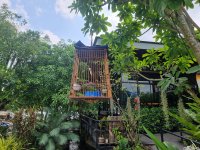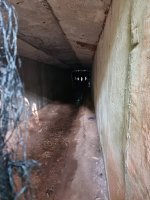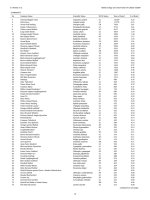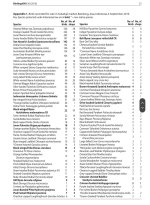mjh73
Well-known member

The cognitive dissonance of statements like 'its only natural', and 'least disruptive option' is why I hate birders sometimes.
Let's not kid ourselves
Tape luring is unnatural, because it's a big stupid human playing a recording
Tape luring is disturbing as the bird may be vigilant anyways, but it won't be arcing up to go and find the (artificial) intruder. Whether that impact is material or not we don't know and as birders don't care (enough) but supposing there is no impact is nonsense. We do it to get a reaction the bird would not otherwise of had and that consumes energy it would not otherwise of had to.
And 'less disruptive than clattering through the undergrowth'..... maybe just don't go clattering through the undergrowth?
In 3 trips to S.Am the times I have gone off into the dense bushes I can count on 1 hand, with (depending on the guide) generally sparing / targetted playback. Seen about 1050 birds, heard only about a dozen.
The only off track experience I can recall was Hooded Antpitta which was calling (no playback) and we quietly and carefully tracked it and watched as it sang away. One of my best ever birding experiences.
Let's not kid ourselves
Tape luring is unnatural, because it's a big stupid human playing a recording
Tape luring is disturbing as the bird may be vigilant anyways, but it won't be arcing up to go and find the (artificial) intruder. Whether that impact is material or not we don't know and as birders don't care (enough) but supposing there is no impact is nonsense. We do it to get a reaction the bird would not otherwise of had and that consumes energy it would not otherwise of had to.
And 'less disruptive than clattering through the undergrowth'..... maybe just don't go clattering through the undergrowth?
In 3 trips to S.Am the times I have gone off into the dense bushes I can count on 1 hand, with (depending on the guide) generally sparing / targetted playback. Seen about 1050 birds, heard only about a dozen.
The only off track experience I can recall was Hooded Antpitta which was calling (no playback) and we quietly and carefully tracked it and watched as it sang away. One of my best ever birding experiences.













